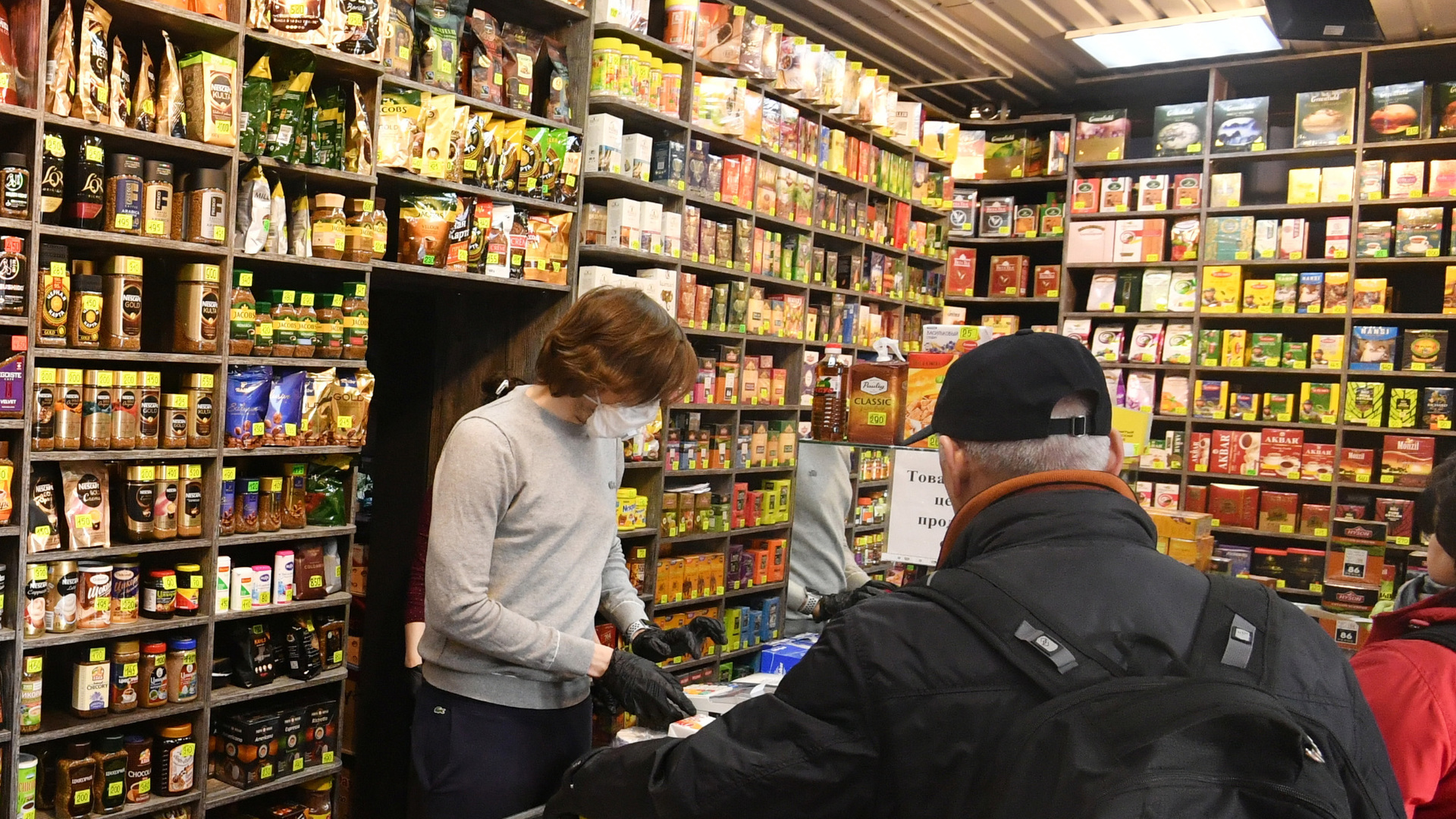Since the beginning of summer, the number of detected cases of COVID-19 in India has more than quadrupled and exceeded 820 thousand. As a result, in less than a month and a half, the South Asian republic rose from seventh to third in the world in the number of coronavirus infected.
According to experts interviewed by RT, a sharp aggravation of the epidemic situation in India has led to a strong rise in price of tea in the global market. In June, the average cost of goods on the world's largest trading floors increased by 13% compared with May and reached $ 2.84 per kilogram. The value has become the highest since July 2018. This is evidenced by the World Bank, which calculates the price of tea on the basis of quotations of three auctions - in Colombo (Sri Lanka), Calcutta (India) and Mombasa (Kenya).
It is noteworthy that according to the results of June in Sri Lanka and Kenya, the average level of tea prices decreased - by 11% and 6% (to $ 3.33 and $ 1.85 per kilogram, respectively). But in India, the indicator almost doubled and reached its maximum level over the past nine years - $ 3.35 per kilogram.
According to the Food and Agriculture Organization of the United Nations (FAO), India is the second largest tea leaf producer in the world and one of the four largest exporters of goods. Introduced in the spring of strict quarantine measures in the country led to the suspension of the first harvest of tea and dealt a noticeable blow to the global supply of goods. As a result, prices in the global market began to rise. About this in an interview with RT told the Director General of the Russian Association of Tea and Coffee Manufacturers Roschaykofe Ramaz Chanturia.
“Although the Indian authorities subsequently eased the restrictions somewhat and the tea plantations were able to start work again, the loss of the first crop also affected subsequent harvests. The fact is that if you skip the first collection and do not cut the leaves in time, they outgrow. As a result, the yield of tea bush is falling, ”the expert added.
According to the latest data from the Tea Council of India, in April 2020, tea production in the country was more than halved compared to the same period in 2019 and amounted to 39 thousand tons. Analysts note that in the next few months, tea fees could still decline.
“The introduced quarantine lasted longer than originally expected. That is why Indian experts believe that by the end of this year, the tea harvest cannot be fully restored, and the total production level will be 120 thousand tons lower than in 2019, ”Peter Pushkaryov, TeleTrade chief analyst, told RT.
In a pandemic, the tea industry in India was found to be the most vulnerable compared to other countries producing goods. This point of view in a conversation with RT was expressed by Vitaliy Gromadin, senior analyst at the Factory of Investment Ideas, BCS. According to him, the current state of affairs is largely due to the excessive dependence of Indian tea production on manual labor.
“For example, in the Chinese tea industry, mechanization is much more widely used. As a result, from plantations half the size of the area than in India, you can harvest twice as much crop. Opponents of mechanized harvesting fear a loss of exclusivity status when manually harvesting tea leaves. However, a pandemic could push India towards automation, at least for more economical teas, ”suggested Gromadin.
- © Mikhail Voskresensky / RIA News
According to the Tea Council of India, today one of the main buyers of goods from the republic is Russia. In this regard, experts do not exclude that a sharp rise in the price of Indian leaves can to some extent affect Russian prices for goods. At the same time, a possible change in the cost of tea in stores can occur only by the end of 2020, says Peter Pushkaryov.
“Now there are still quite a lot of tea stocks in the warehouses of Russian retail chains. Therefore, even if wholesale purchase prices go uphill and rise, say, by 20-25%, then retail prices in stores for ordinary customers will not be affected by rising prices until the beginning of winter, when the demand for tea traditionally increases in the cold season, ” expert explained.
At the same time, Ramaz Chanturia believes that Russian retailers may refrain from raising retail tea prices. The expert explains this opinion by the characteristics of the operation of retail chains in a pandemic.
“Now retailers are declining demand reduction. In order not to lose even more customers, stores can reduce tea margins and keep retail prices from rising, even with the increase in wholesale. They will compensate expenses at the expense of an extra charge on other goods. As a result, consumers may not notice an increase in tea prices, ”the expert concluded.

